Lesson Two: How do I measure the distance between objects in the sky?
Lesson Two Teacher's Instructions
Lesson Two Student Worksheet
Materials
- Meter sticks (one per pair of students)
- String or yarn, approximately 2 meters long (one per pair of students)
- Protractor (one per pair of students)
- Measuring tape or ruler (one per pair of students)
- Graph paper or computer graphing software
Lesson Sequence
- Engage:
- Pick an object on a far wall that you ask the students (from their seats) to estimate its length (a meter stick works well).
- Ask students to figure out how many of their thumbs (using widths of thumbs) cover the object from their perspective. (Let students measure how they like at first. You will observe a variety of techniques).
- Explore:
- Make a plot of the number of thumb widths versus distance from the object. (Teacher note: do note tell students to extend their arms - plots will most likely be scattered).
- Have students discuss how they took their measurements. Now have each student measure the number of thumbs with everyone's arm fully extended.
- In groups of 5-10, have groups systematically record the number of thumb widths for the length of the meter stick located at the front of the room. (With large classes, three meter sticks at front of room should be used - one for a group of students to the right of the classroom, the middle of the classroom, and the left of the classroom. This helps to ensure that everyone is making measurements of the meter sticks that are directly in front of them). For organizational purposes, it is helpful if three or four students in the group make measurements from at least eight distances from the meter stick (no distance should be closer than 3 meters from the front).
- Have students plot the number of thumbs versus distance for each of the student's data within the group. Using Excel® is useful for this plotting activity. Discussing dependent and independent variables is also important for this lesson. Number of thumbs is dependent and distance is independent.
- Explain:
Relationship between number of thumb widths and distance
- Construct and compare explanations of any patterns that emerged in their data. Begin with small group discussion to generate possible explanation and then compare groups' findings within a whole class discussion. (Teacher note: students should find an inverse relationship between thumb widths and distance. Students should also see the need for the arm length extension).
- Use a protractor and yarn to measure the line of sight angle where student's fist perfectly covers up a meter stick. (You should get approximately ten degrees).
- Have each student measure his/her own fist width and arm length. In their groups, make a table of each person's arm length (best to measure from arm pit to thumb knuckle), fist width, and ratio of arm length to fist width.
- Teacher should have one group member from each group enter group data into class Excel® plot for further analysis. Plot students' arm lengths versus fist widths to illustrate constant ratios (should be linear).
- Also ask students to determine how many fists it takes to go from horizon to horizon. (Teacher note: this activity leads to altitude angle).
- Ask students to determine how many fists does it take to make a complete circle around your body? (360 degrees in a circle). (Teacher note: this activity leads to azimuth angle).
- Select a pair of students to go outside to pick a cloud and determine a means of using angle measures to communicate with students which cloud they selected without showing other students the particular cloud.
- Have other students figure out what cloud they picked based on their angular measurements. This will need to be done in a relatively quick fashion since the cloud will move from its original location. (Teacher note: teachers will need to discuss azimuth and altitude angles and how they are measured).
- Evaluate:
- Provide opportunity for students to review or reflect on their own learning and other students' thinking.
- Give students opportunities to discuss alternative solutions.
- Ask students to write a paragraph in their Moon journals answering the following questions:
- Based on what you have learned today, how do people measure the distance between objects in the sky?
- How might you use what you have learned today to assist with your data collection of the Moon?

 Lessons created by:
Lessons created by: